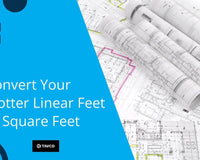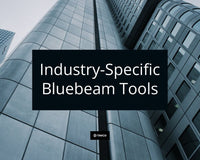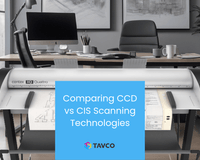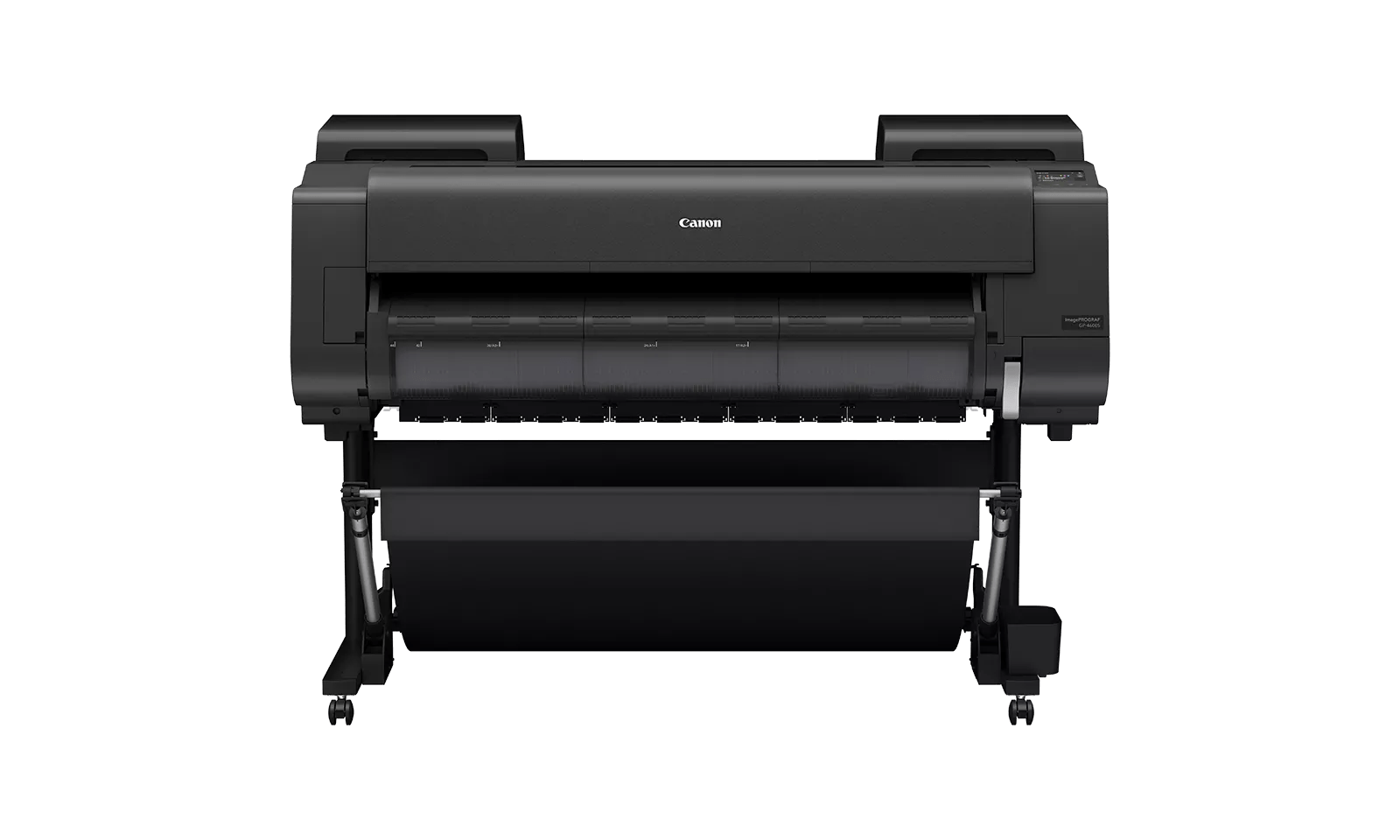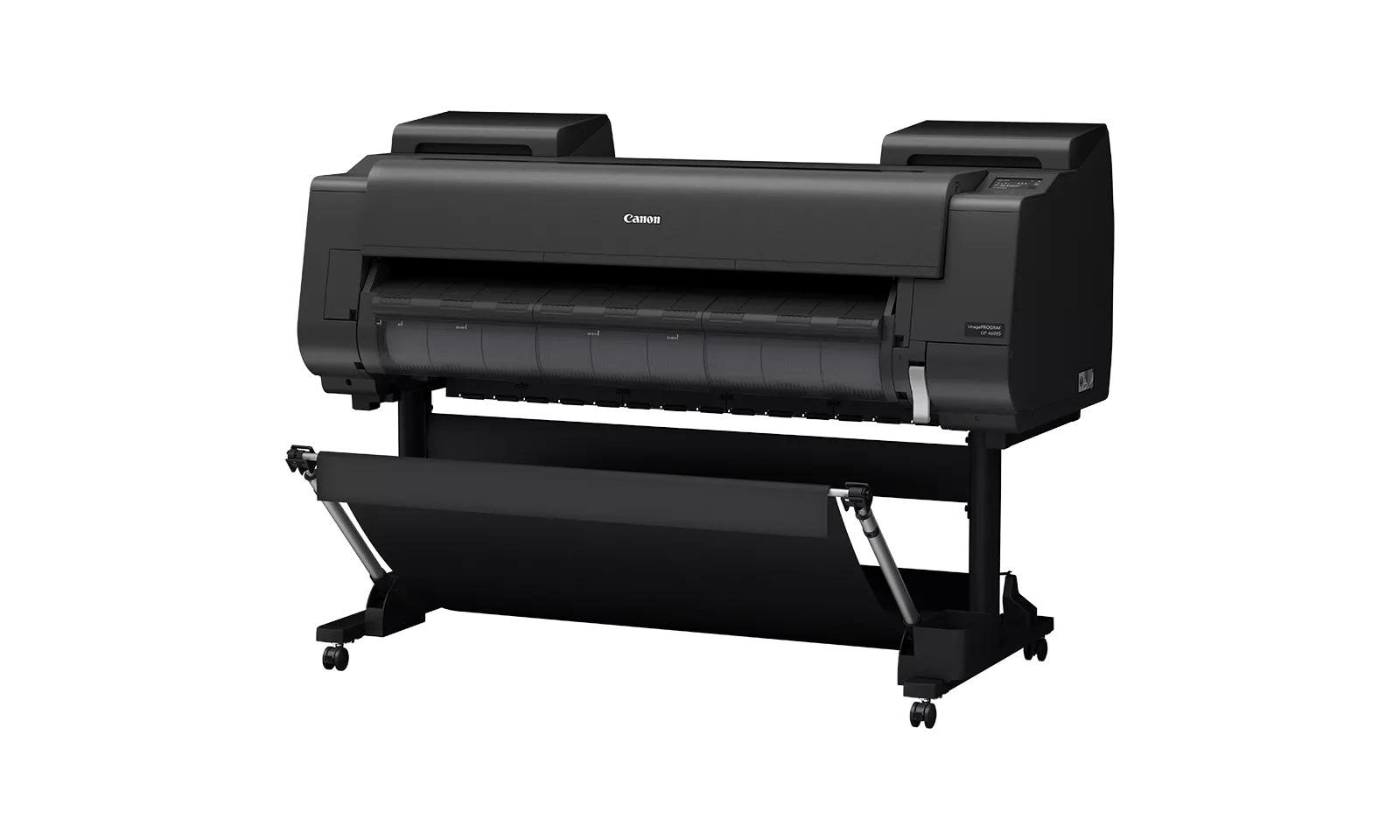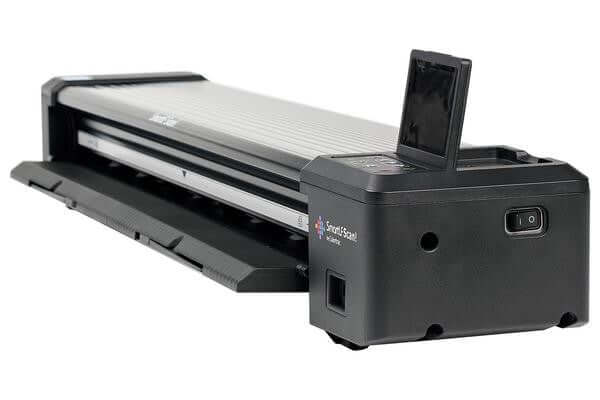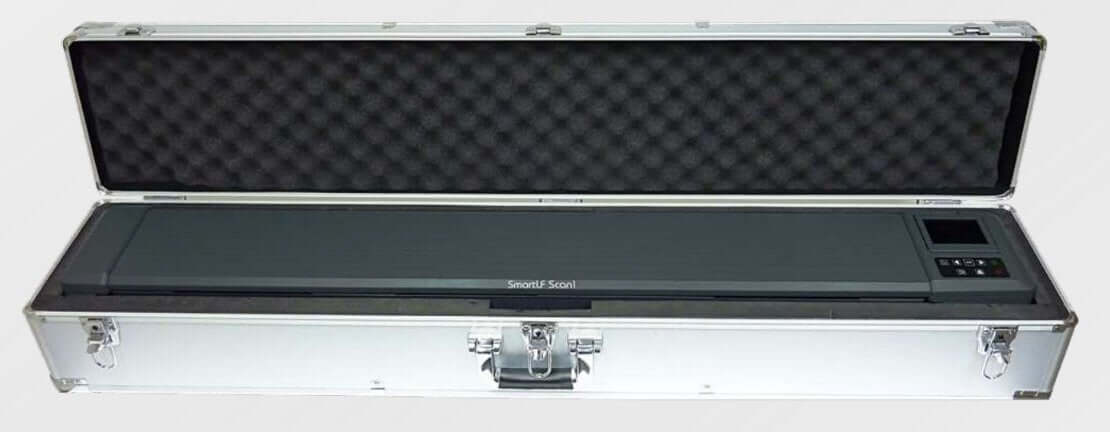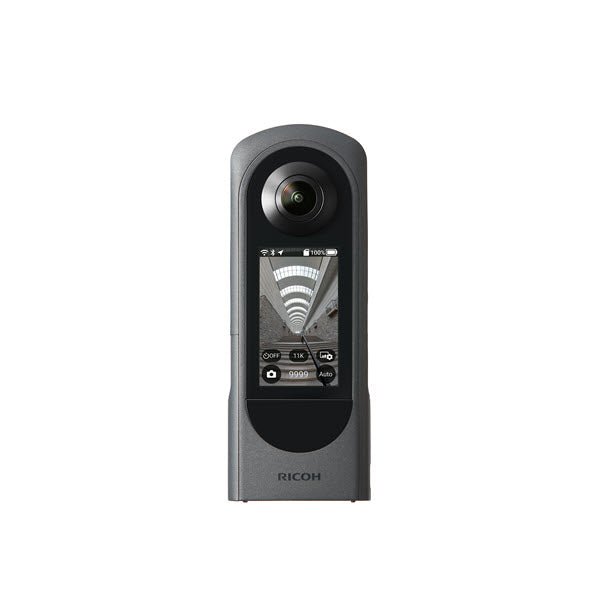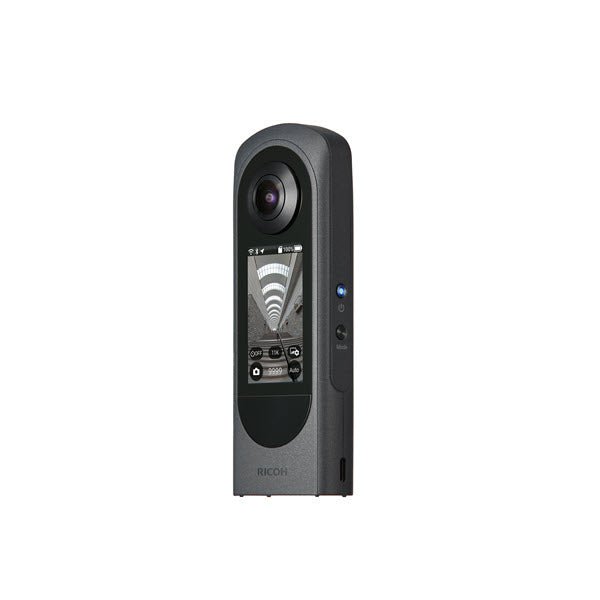Blueprints, a classic historical icon of the construction industry, evoke nostalgic memories for some seasoned AEC professionals when they review them. On the other hand, younger individuals may prefer to view a blueprint (or blueline) drawing in a museum rather than at a job site.
But, the fact remains, printed construction plans are still used regularly (I know this because companies still buy many plotters from us). And, while digital files and applications are enjoyable to work with, having a set of paper plans onsite is still valid.
This facet still leads companies to purchase new plotters or MFPs. And when exploring options, you have probably wondered, "should I get an inkjet or a toner plotter?"
In large-format printing, the battle between toner and inkjet plotters has significantly changed in recent years. Newer technologies from HP and Canon have shifted the balance favoring inkjet technology, offering improved performance, cost-efficiency, and durability.
The Toner Plotter Legacy
Back then, it was easy to justify investing in a toner plotter. These machines are printing beasts designed to print thousands of square feet per month. The sheer volume produced by these machines validated expenses through economies of scale.
The ROI (return on investment) could happen quickly – sometimes in months. Typically, the break-even point happened at 2,000 square feet per month. Therefore, it was typical for a toner plotter to be less costly in the long run.
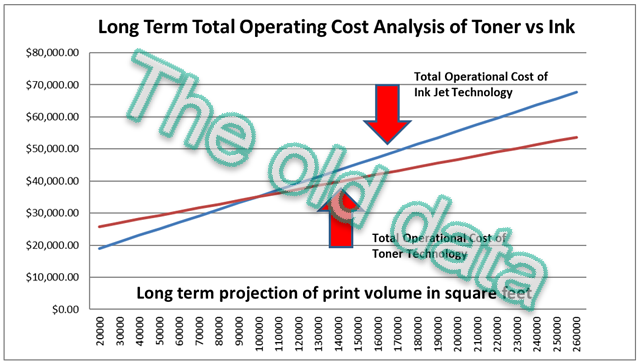
Inkjet Plotters
Inkjet plotters have come a long way, with models like the HP DesignJet XL-3600 and Canon TZ-30000 delivering impressive speeds and performance. In addition, these printers benefit from powerful onboard processing, more RAM, and larger hard drives for spooling prints, making them highly efficient choices for AEC professionals.
Historically, the cost of inkjet printing was an obstacle; it was considerably higher than toner. It was safe to estimate that inkjet printing costs about $0.15 per square foot compared to the $0.095 per square foot of toner. This calculation assumes all printing costs – ink or toner, paper, and a service contract fee.
Given these numbers, the price delta could profoundly impact a higher volume. But, as mentioned earlier, people are printing less these days. Today, a single set of plans is sufficient when 10 sets were needed for the same job in the past.
Tides have turned to ink technologies. In addition to lower demand, the actual cost of printing with ink has fallen significantly. Today, the operational cost of inkjet printing is usually less than $0.11 per square foot (for line drawings) – which is now less than the average cost of printing with toner.
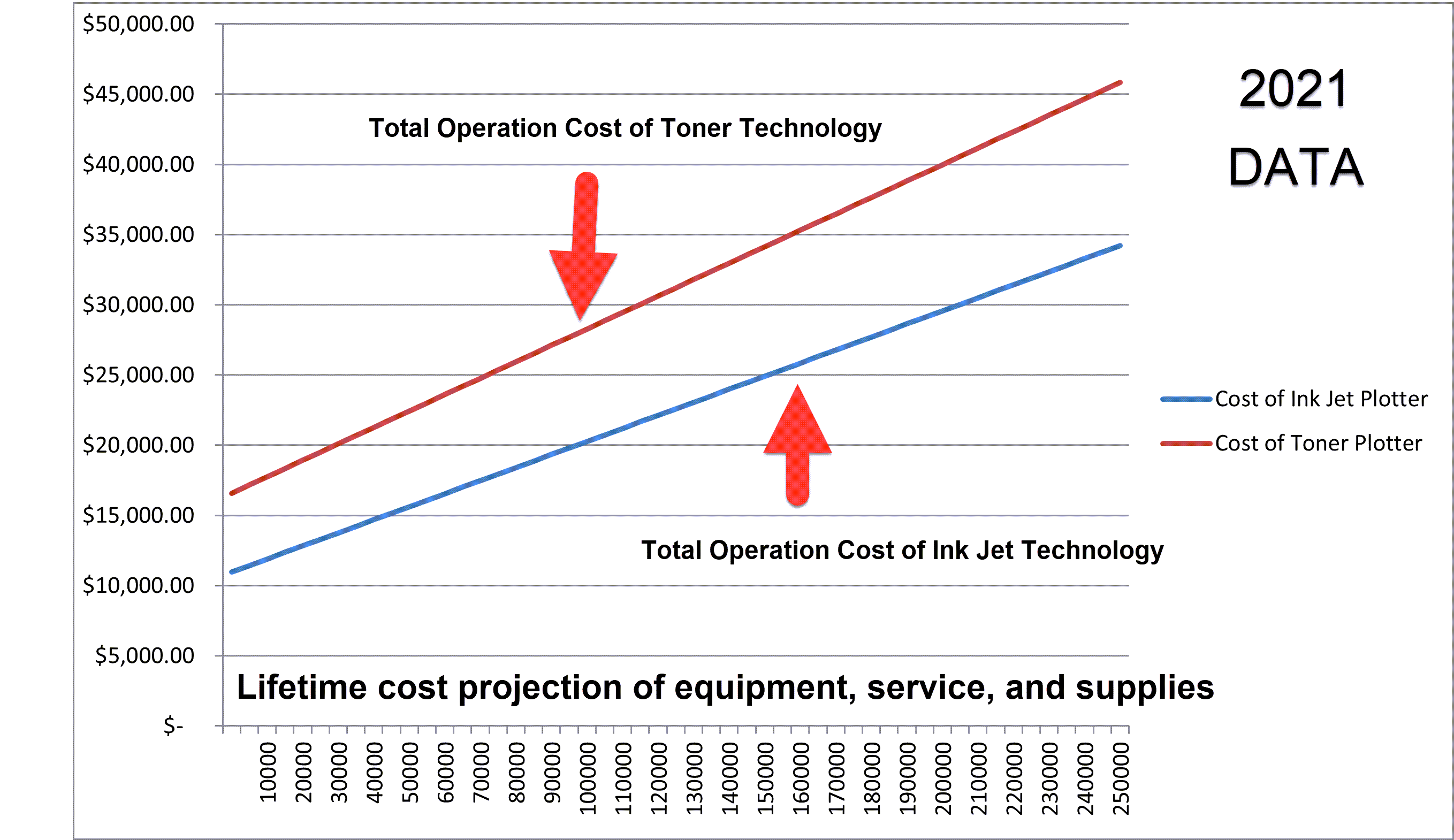
How the data was compiled:
-
Total Cost of Operation for both systems: equipment, service contract, and supplies
-
Equipment market prices were used for the analysis (PlotWave 3000: $16,000, Canon TX-3100 MFP: $10,500)
-
Both systems are configured as 2-roll multifunction units including printer, scanner, and controller PC
-
As you can see, there no longer is a split where it is more cost effective to use toner plotter. Ink jet systems have improved so much that the lines no longer cross.
Based on our own analysis, we find that the operational costs of ink jets tend to hover around $0.105 per square foot, while the cost of LED toner averages $0.128 per square foot. (This includes all monthly service charges and printing supplies).
Durability
Historically, inkjet plotters were designed to last only a few years. This concept may be difficult for some people to accept, but it is valid. Upon researching, you'll discover that inkjet plotters, regardless of the manufacturer, typically only offer extended service plans for up to three years.
On the other hand, the cost of a replacement inkjet plotter today is less than half what it used to be. As a result, it becomes justifiable to purchase a new inkjet plotter or MFP every few years to keep up with technological advancements.
But that is not to say you can’t get more life out of them. Newer inkjet plotter models are more durable than their legacy counterparts, giving them long-term performance similar to traditional toner plotters. Some users have reported using their HP Designjet T2600 or Canon TX-3100 machines for 5-6 years or even longer, significantly improving over previous expectations.

On the other hand, Toner-based plotters are much more durable systems last for many years. For example, the estimated life expectancy of a Canon PlotWave system is seven to ten years on average.
If you are comfortable purchasing and using a solution for many years, there could still be a justification for a toner-based printer.
Duty Cycles
Traditional inkjet plotters were not designed to handle large print volumes or duty cycles. However, with many improvements in recent models, some inkjet plotters can now produce up to 10,000 square feet per month, which is impressive by today's standards.
On average, small entry-level units have a monthly rating of about 3,000 square feet. Exceeding this amount is considered outside of normal operating parameters. However, since most companies print only around 1,500 square feet per month, the smaller duty cycles do not pose a problem.
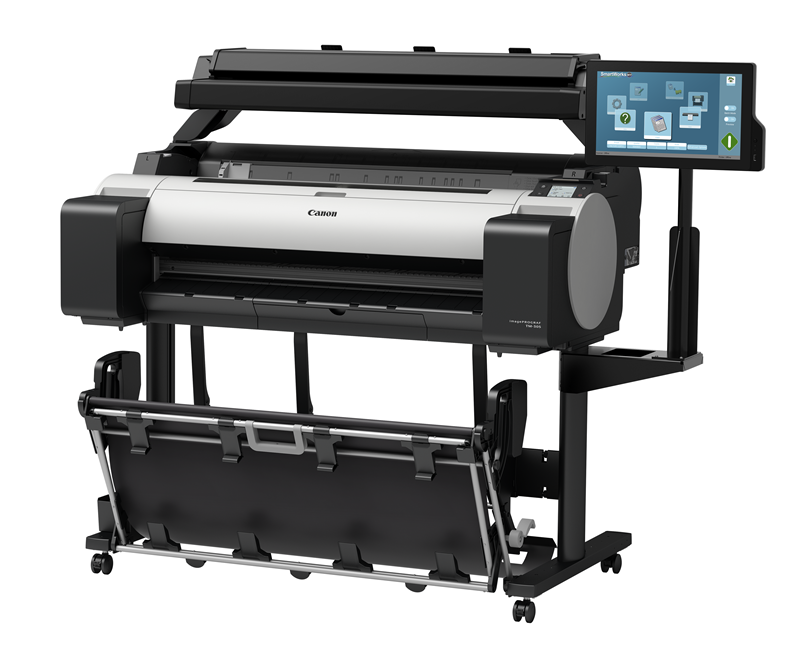 Pictured: Canon TM-305 MFP Z36
Pictured: Canon TM-305 MFP Z36
Toner-based plotters, however, can easily handle many thousands of square feet of printing per month. For instance, the Canon PlotWave 7500 can produce 25,000+ square feet of monthly printing. That is 4,167 D-size sheets – a fantastic number by today's standards.
Print Speed
Inkjets are now faster than ever. A big reason for this is the increased onboard processing power. Many units now come with a powerful PC processor, more RAM, and an onboard Hard Drive to help spool prints.
Still, toner machines are generally faster. But, with average print volumes dropping, many people find that modern inkjets are more that fast enough for them. For example, a Canon TM-305 prints about 2 D-size sheets per minute, the TX-3100 about 3 sheets, and the TZ-30000 can do 4 per minute.
HP PageWide - Single Pass Plotter Technology
A newer inkjet technology emerged in the past few years - single-pass inkjet. A couple knows this process of different names, Memjet and HP PageWide, but the process is the same.
Unlike standard inkjets that use a traveling print head, this new single-pass technology relies on a long, stationary print head that jets ink onto a traveling media underneath. Thus the "single pass" of the print head over the print material.
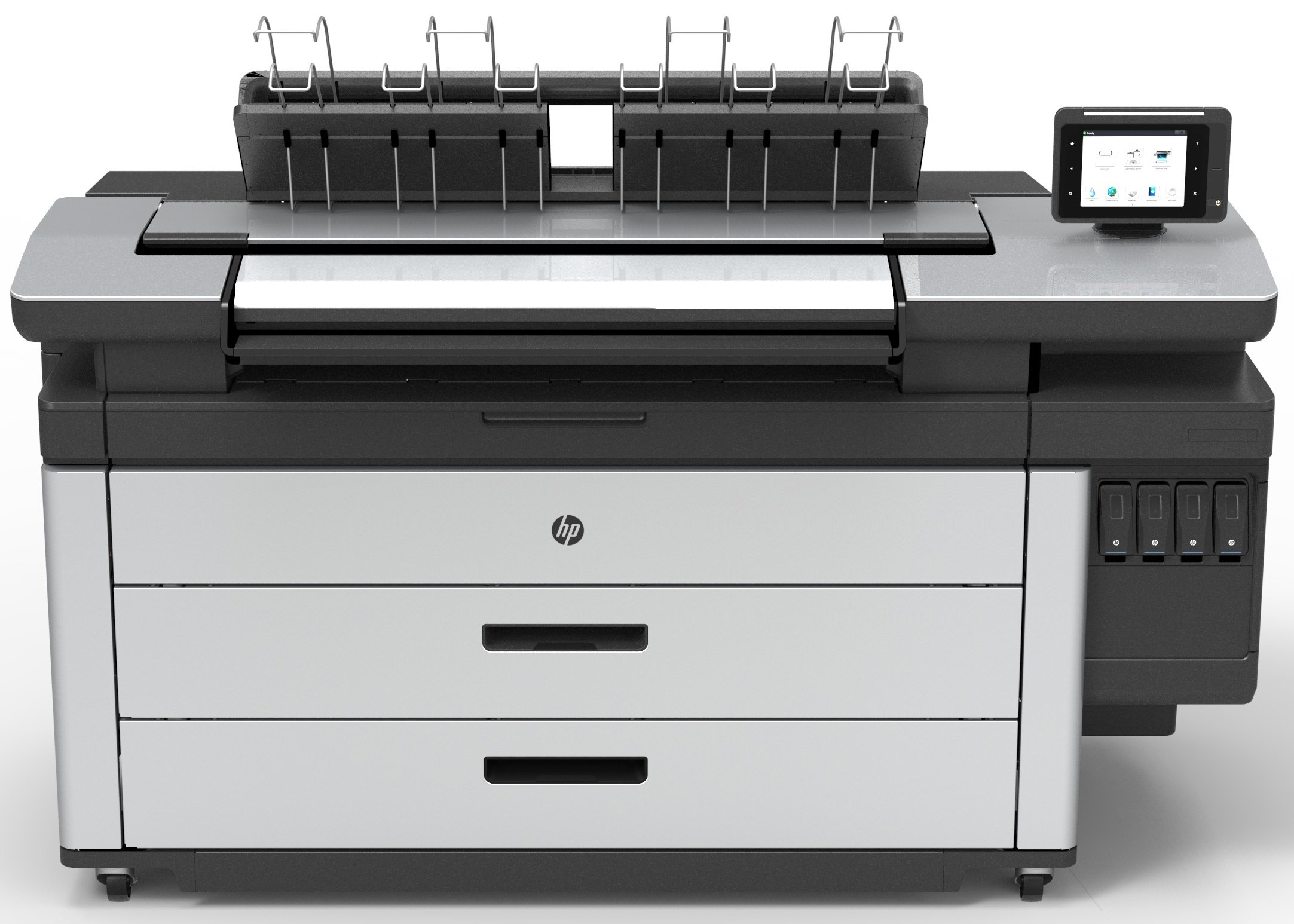
If you haven't seen it, this type of printing is certainly impressive. An inherent benefit of single pass printing is speed. In fact, it is possible for some of these machines to print up to 16 D-size pages per minute.
Additionally, manufactures of single pass printers are promoting a lower operational cost of these systems, but be warned, these new devices are not for everybody. There are some limitations to consider:
They are large: Most high-speed ink jet systems are commercial printers and unsuitable for traditional office environments. In addition, their excessive mass can make them difficult to install, presenting challenges regarding doors, tight turns, and standard-size elevators.
They are heavy: Generally, single pass printers weigh more than 1,000 pounds. This weight can be challenging for locations that need concrete or reinforced floors.
High speed may not be necessary: Realistically, most Architectural and Engineering offices today average 1,500 square feet per month of printing output.
This figure has shrunk over the years as companies digitize some of their workflow and utilize their large format printers for more color-centric duties. So, as the demand lowers, so does the need to print a lot of sheets quickly.
PostScript Compatibility: For professionals who need advanced graphics capabilities, it's essential to consider a PostScript-compatible printer like the HP Designjet T1700 or the Canon GP Series. These printers ensure accurate rendering of complex graphics, making them ideal for design work and other visually demanding tasks.
Environmental Impact: Inkjet plotters are more environmentally friendly than their toner counterparts. They use water-based inks, which are easier to dispose of and produce fewer harmful emissions. Additionally, the energy consumption of inkjet printers like the HP Designjet Z6 and Canon TX-4100 is much lower than that of toner-based plotters.
Summary
Lots of changes have occurred in both the AEC and wide-format plotter industries in just a few years. Lower print demands, the need for more full-color drawings, and better technology have completely disrupted the traditional models.
In the past, LED toner plotters where championed as far superior to their ink jet counterparts. However, that is no longer the case. Today’s inkjet systems are powerful units that can print larger volumes, quickly, and inexpensively.
Ultimately, companies need to be smart about their wide-format technology investments and consider all the factors before deciding on a system.
What is your large-format technology of choice?
This article first appeared on the TAVCO parent website - here.
Print more than just blueprints with your plotter
See why the Canon TZ-30000 is one of the best CAD plotters available

![Toner vs Inkjet Plotter Comparison [2023 ] - TAVCO](http://tavcotech.com/cdn/shop/articles/toner-vs-inkjet-plotter-comparison-2023-551095.jpg?v=1702919547&width=1200)

